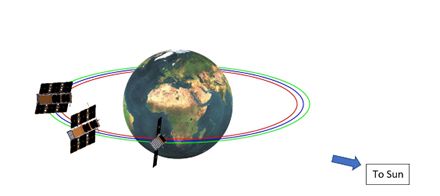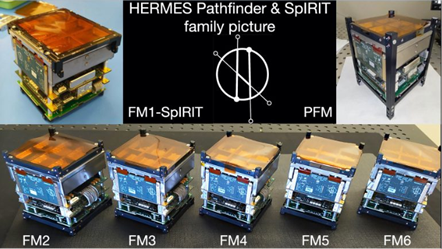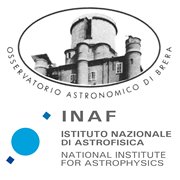
|
HERMES (High Energy Rapid Modular Ensemble of Satellites) is a mission concept based on a constellation of nano-satellites in low Earth orbit (LEO), hosting new miniaturized detectors to probe the X-ray temporal emission of bright high-energy transients. |
 Logo for HERMES (High Energy Rapid Modular Ensemble of Satellites) | ||
|
11 partners from 5 European countries joined forces to design, build and fly the HERMES fleet under the scientific coordination of Dr. Fabrizio Fiore. HERMES has received funding from the European Union’s Horizon 2020 research and innovation programme for the construction of three of the six satellites and from the Italian Space Agency (ASI) for the remaining three. |
 Possible in-orbit configuration of 3 3U nano-satellites of the HERMES Pathfinder project - Credit: HERMES. |
||
|
HERMES was designed to scan the sky for gamma-ray bursts, which are created when stars die or collide and briefly emit more energy than an entire galaxy. These observations can only be made by space telescopes and are critical to advancing our understanding of extreme physics and also have the potential to uncover traces of quantum gravity. |
 6 HERMES modules (from top right and bottom row) and the module mounted on board the SpIRIT mission (top left) - HERMES credits. | ||
|
A first test of the detector that will be positioned on board HERMES was conducted by mounting it on board the Australian Space Agency’s nanosatellite SpIRIT (Space Industry Responsive Intelligent Thermal) successfully launched from the Vandenberg base in California, United States, using a Falcon 9 launcher from the American company SpaceX. |
|||
|
Lara Nava - lara.nava AT inaf.it |
||
| Credit for the web page: L. Nava e M.R. Panzera | |||




 Our observatory participates in the HERMES project regarding the scientific exploitation of data.
Our observatory participates in the HERMES project regarding the scientific exploitation of data.